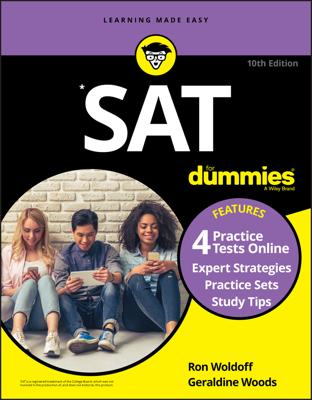For the PMP Certification Exam, you should know that activity cost estimates can be at a high level or a much more detailed level toward the end of the planning phase. Costs may be rolled into resource categories for accounting and reporting purposes. Common categories include
Labor
Equipment
Material
Supplies
Travel
Permits and licenses
Facilities
Contingency reserve
Overhead
Along with the cost estimates, you should record your assumptions and the basis of estimates. Suppose that you’re documenting supporting details for cost estimates for the eating area furniture for a childcare center. You’d document the following assumptions:
No more than 30 children will be in the eating area at one time.
All children can use the same size tables and chairs.
Tables can seat 6 children comfortably.
Then you do your research on prices and find the following:
Tables cost $250 each.
Chairs cost $65 each.
The information on the number of children and the configuration are the assumptions, and the costs for the tables and chairs are the basis of estimates. Both pieces of information should be documented. If you make changes to the assumptions or the basis of estimates, costs will change.
You might want to indicate in your assumptions and basis of estimates the fixed costs and the variable costs. Fixed costs don’t change based on volume.
For example, office rent is the same whether you have 2 people using the office or 20, or whether they use it 40 or 100 hours per week. Comparatively, variable costs adjust based on volume. For example, whether you need 5 or 20 gallons of paint will affect the cost estimate for paint.
Based on developing your cost estimates, you might need to update your risk register and/or Assumption Log, or rebalance your scope to your estimated funding needs.

